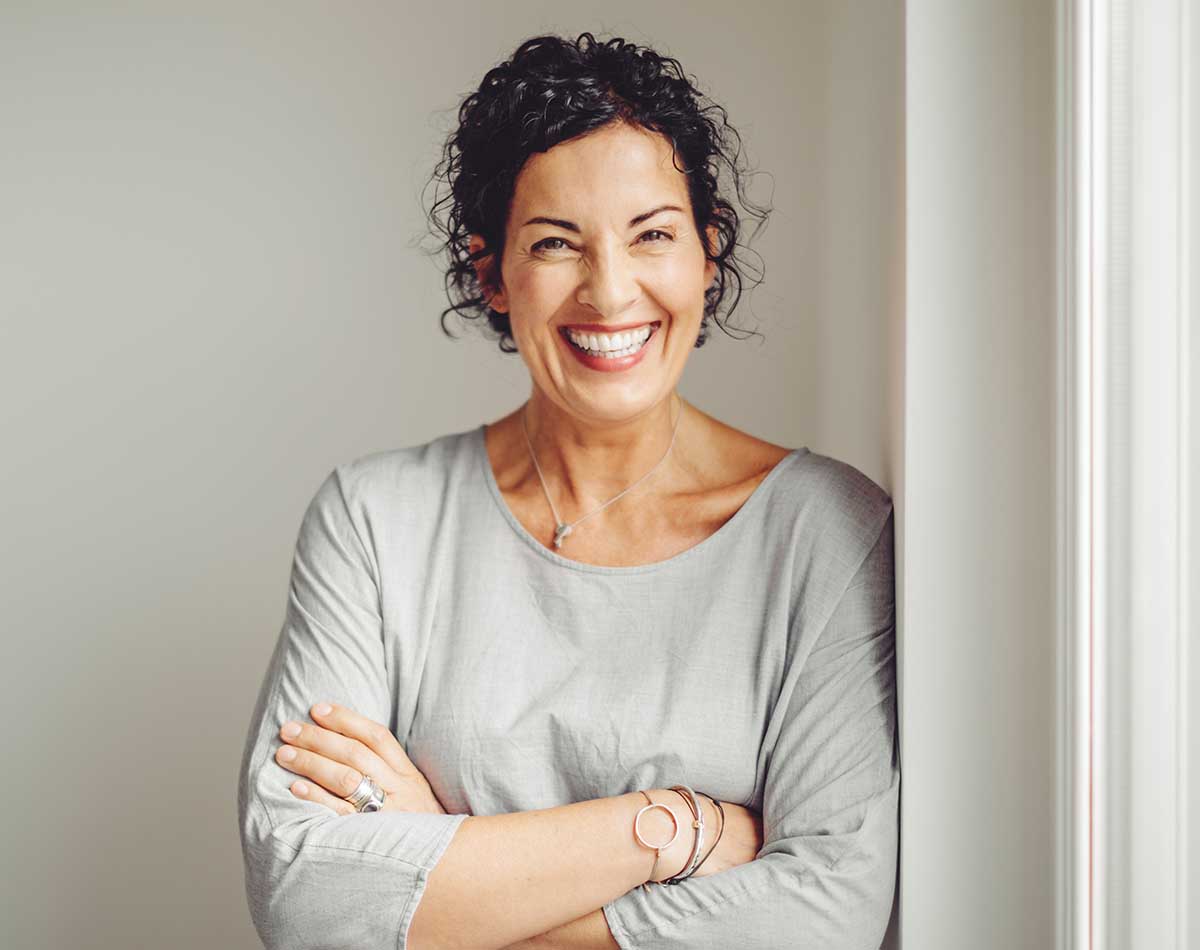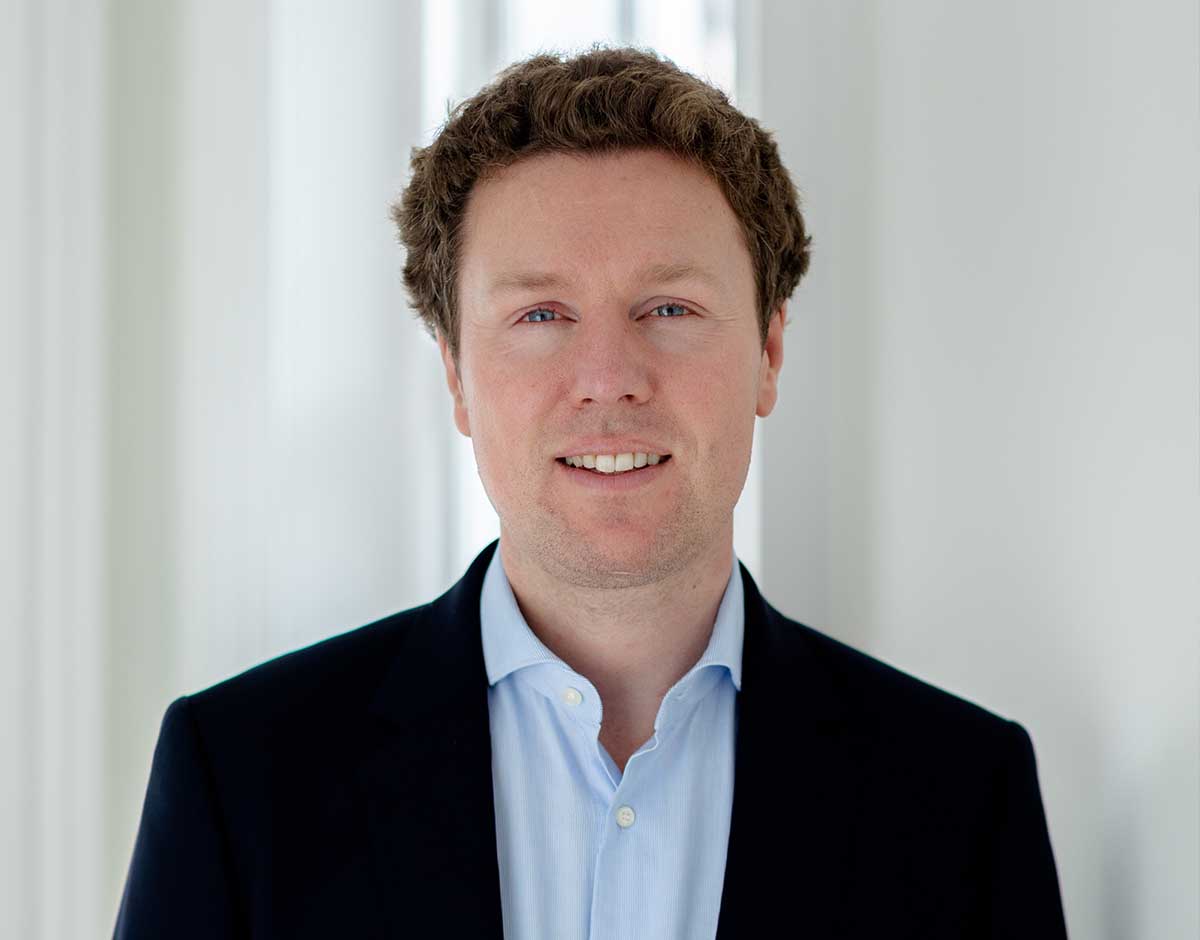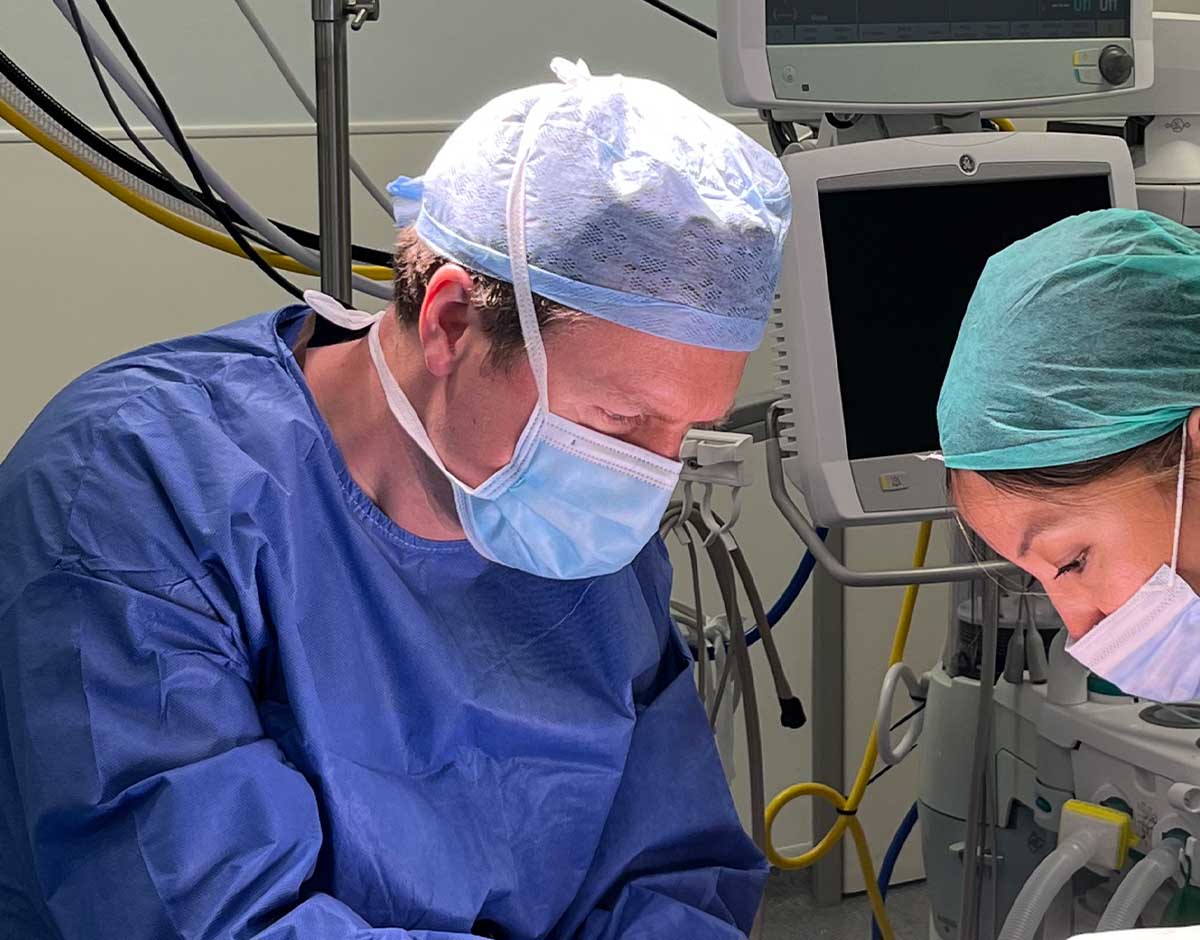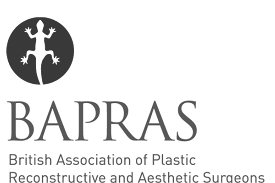-
What is fat transfer surgery?
Fat transfer surgery is a cosmetic procedure that involves transferring fat from one area of the body to another. In the face it may be injected around the eyes to restore volume, or in the cheek to provide improved facial balance. It begins with the extraction of fat from a donor site, through liposuction. The fat is then processed and purified before being injected into the desired area.
One of the key considerations during fat transfer surgery is addressing the reduction in volume or change in position of fat that naturally occurs with age. As we get older, our bodies tend to lose fat in certain areas, leading to a loss of volume and sagging skin. In order to achieve superior results, these changes must be taken into account and corrected during the surgery.
-
Who is fat transfer surgery suitable for?
Fat transfer surgery is recommended for individuals who wish to restore volume and shape to depleted areas. It is typically to require two to three rounds of fat transfer.
-
What happens at your first fat transfer surgery appointment?
Jonathan will assess your medical history, evaluate your desired outcomes, and discuss any concerns or questions you may have. He will also examine the areas where fat will be harvested and where it will be transferred. The consultation appointment is an opportunity for you to understand the procedure, its risks and benefits, and for Jonathan to ensure that you are a suitable candidate for fat transfer surgery.
-
How painful is fat transfer surgery?
Fat transfer may be performed under local anaesthetic or more commonly general anaesthetic. After the procedure, patients may experience some soreness and discomfort for a few days, but this can usually be managed with over-the-counter pain medications.
-
How long does fat transfer surgery take?
The duration of fat transfer surgery can vary depending on the extent of the procedure and the areas being treated. It often takes between 1 to 3 hours.
-
What results can I expect from my fat transfer surgery?
Patients can expect to see an improvement in the volume and contour of the treated area, as well as a more youthful appearance. However, it is important to note that the final results may not be immediately apparent and may take more than one procedure and several months to fully develop.
-
Are there any risks associated with fat transfer surgery?
Fat transfer surgery is generally considered safe and effective, but like any surgical procedure, there are potential risks involved. Jonathan will discuss them with you when you meet him for your consultation.

Fat Transfer
Face Aesthetic
Fat transfer surgery, also known as fat grafting, is a procedure that involves transferring fat from one area of the body to another. Fat transfer may add shape and volume to an area and is used for both reconstructive and aesthetic purposes. For example, it can be used to restore volume to the face following traumatic loss or provide a more rejuvenated appearance around the eyes for improved appearance.
What happens during fat transfer surgery?
During fat transfer surgery, fat is harvested from one part of the body and then injected into another area to enhance volume and shape. Jonathan will inject fluid and local anaesthetic in the donor area, which is usually the abdomen or thighs, before collecting the fat. The fat is then processed and purified. Once prepared, the fat is carefully injected into the desired area, such as the face, using a small cannula.
Why choose Jonathan for your fat transfer surgery?
Jonathan is experienced in performing fat transfer surgery and has the expertise to deliver excellent results. He’ll prioritise your safety and use the latest technology and techniques to ensure a safe and effective procedure. He has a track record of satisfied patients who have achieved natural-looking and long-lasting results.
Faqs | Fat Transfer
“Excellent treatment and service, would absolutely recommend to everyone.”
Client Review











